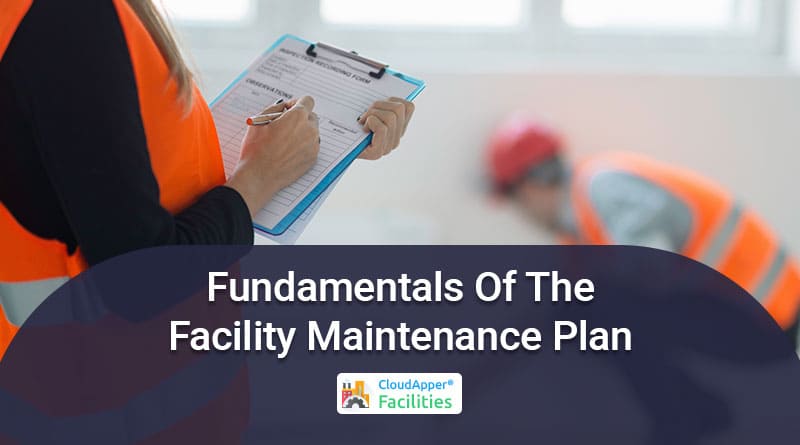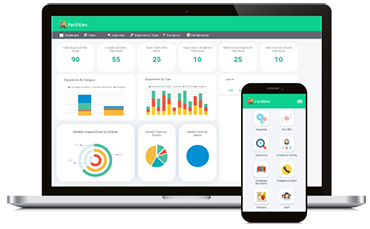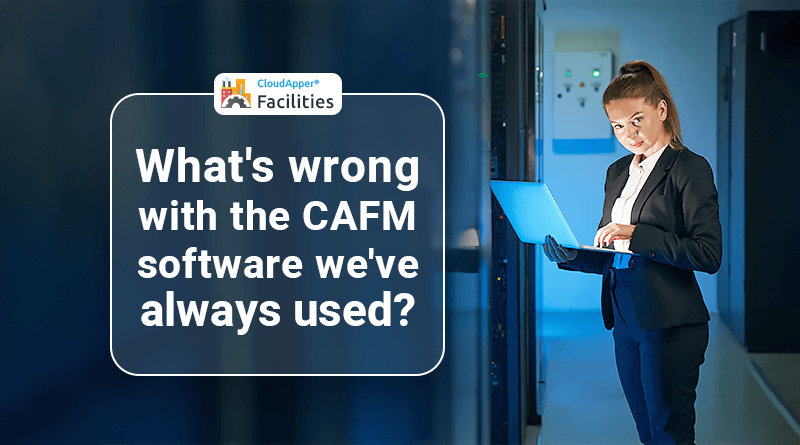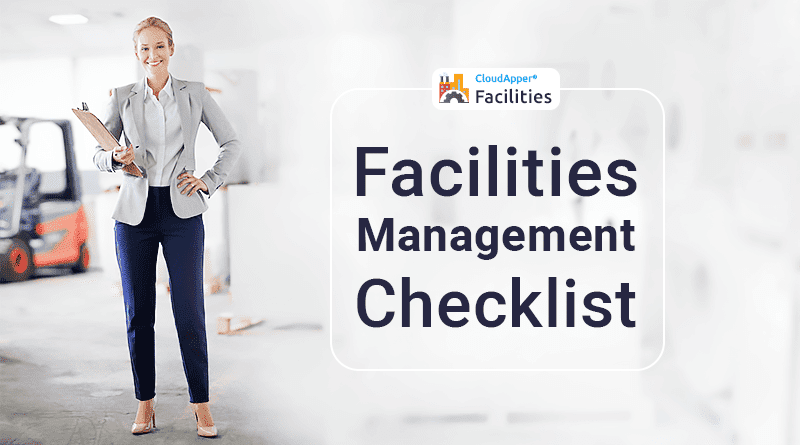Table of Contents
It’s no secret that an efficient facility maintenance program is crucial for the long-term, reliable growth of companies, particularly for those working with machinery or other equipment options within their workplace. Without having effective and well-designed maintenance plans in place for your facility, you’ll likely face increases in both time and money, plus additional repair expenses. As such, the question stands: how can you create a successful facility maintenance program?
A well-designed facility maintenance program includes several key elements that, if left unattended, could affect the overall plan efficiency. We can assist you with creating the most effective plan for the long-term and stable maintenance of your facility by highlighting the most crucial elements.
Important Elements to Create a Successful Maintenance Plan For Your Facility
Different companies and organizations have different maintenance plans due to their various operations. For instance, a hospital will have a different maintenance schedule than a school. Still, several components are common for all facilities’ maintenance schedules, including:
The purpose of the maintenance plan for the facility
Every maintenance plan needs to have a purpose! The objective of your maintenance program must be simple and succinct to guide the whole process. After all, without a clear goal, creating a maintenance plan for your facility will likely prove fruitless with no clear end-point or targettable actions.
For instance, schools have a wide variety of electrical equipment and appliances, including air conditioners, fans, and lighting systems, all of which are critical for the comfortable running of the school. As such, the purpose of a good school maintenance plan might consist of prioritizing maintenance of these existing systems over repair; this helps keep the appliances in good working order. In turn, the school would save itself from future repairs or replacements that can be costly. Other objectives for an effective maintenance plan at your facility may include:
- To implement programs that help to conserve energy
- To lessen the requirements for major repairs and replacements
- To maximize the effectiveness of each system within the premises.
Knowing your goals can enable facilities and organizations to create an effective and efficient maintenance program overall.
The staff involved in the facility’s maintenance
At the end of the day, no matter how much time you put into it, the maintenance plan for your facility is only as effective as the staff who are working on it. Therefore, you must always ensure that your business team is comprised of skilled and experienced individuals who will serve as a pivotal and valuable component of the maintenance program. As such, the maintenance staff should include:
- Maintenance managers
- Maintenance technicians
- Facility supervisors
- Lead mechanics
While drafting your maintenance plan, you must have at the very least one industrial mechanic, at minimum, as well as an engineer for roughly every 5,000 square feet of space. As such, the number of technicians and mechanics you include in your maintenance plan will depend on the dimensions of your facility.
Within the business, your team of maintenance technicians must perform various crucial tasks, such as fault diagnosis, conducting repairs of equipment, and troubleshooting. By contrast, industrial mechanics must perform preventative maintenance, repairs to machinery, and in some conditions, even replacement.
With this in mind, understanding the personnel responsible for your facility’s overall maintenance can help with determining the number of employees who should be involved in the care and operation of your establishment. The information you gather in doing so will assist your human resources department in determining the most suitable team to effectively staff your establishment.
Priorities for maintenance
If you’ve got a clearly defined objective and the appropriate individuals involved in your facility’s maintenance plan, you have to decide on the priority of maintenance work. Your priorities will be determined by the goals you intend to accomplish through your maintenance plan.
For instance, if you were looking to reduce your facility’s energy usage, the main focus should be to promote an energy-efficient system. Meanwhile, if your primary concern was the safety and productivity of your workers, your top priority should be given to assets, systems, or other pieces of equipment that could positively or negatively impact productivity and the safety and health of your employees.
Different organizations have different priorities for maintenance programs since each company has its own objectives that determine their maintenance plans’ priority.
Maintenance strategies
Plans for the maintenance of your facility should contain the methods you’ll use to carry out these tasks. Several notable maintenance strategies are summarized as follows:
- Preventive maintenance is the most effective way to prevent the risk of problems at your facility. By preventing failures from occurring in the first place, facilities can extend the lifespan of their equipment by regularly checking and providing maintenance when required.
- Corrective maintenance is essential in cases when your equipment fails; as such, it is essential to know when particular areas of your facility aren’t working correctly or at peak efficiency. You can conduct repairs when routine maintenance inspections have identified issues within your company’s equipment or machinery.
- Rapid repair of worn parts is necessary when equipment is malfunctioning; as such, it is irrefutably essential to determine the specific components that are not functioning properly. Replacing the worn piece of equipment with a new version can be enough to return the equipment to its operational status once more.
A maintenance schedule
A good maintenance plan for your facility should include a well-organized strategy and timeframe for each task to be accomplished. This will allow your maintenance team to effectively and efficiently perform the highly varied tasks that are required regularly to make an effective plan.
A well-planned maintenance program can help your company prevent downtime resulting from not finishing assignments on time, thereby significantly impacting your productivity. As such, your maintenance schedule must help ensure that all tasks are completed in a timely manner; hence, in order to attain this, a suitable schedule should include the crucial dates and deadlines your business must focus on for success.
Final word
Ensuring your facility has implemented a suitable plan for maintenance will undeniably assist you in reaching your objectives and meeting the requirements of your company. To implement the plan with success, you’ll also require facility management software that allows you to set objectives, involve employees involved, prioritize maintenance, and allow for various maintenance methods.
What is CloudApper AI Platform?
CloudApper AI is an advanced platform that enables organizations to integrate AI into their existing enterprise systems effortlessly, without the need for technical expertise, costly development, or upgrading the underlying infrastructure. By transforming legacy systems into AI-capable solutions, CloudApper allows companies to harness the power of Generative AI quickly and efficiently. This approach has been successfully implemented with leading systems like UKG, Workday, Oracle, Paradox, Amazon AWS Bedrock and can be applied across various industries, helping businesses enhance productivity, automate processes, and gain deeper insights without the usual complexities. With CloudApper AI, you can start experiencing the transformative benefits of AI today. Learn More


















